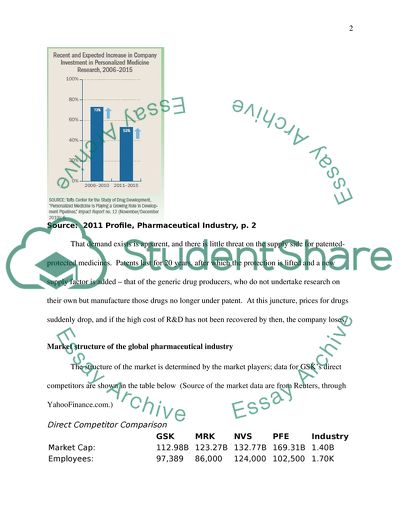Coursework assingment Assignment Example | Topics and Well Written Essays - 1250 words. https://studentshare.org/macro-microeconomics/1777917-coursework-assingment
Coursework Assingment Assignment Example | Topics and Well Written Essays - 1250 Words. https://studentshare.org/macro-microeconomics/1777917-coursework-assingment.


